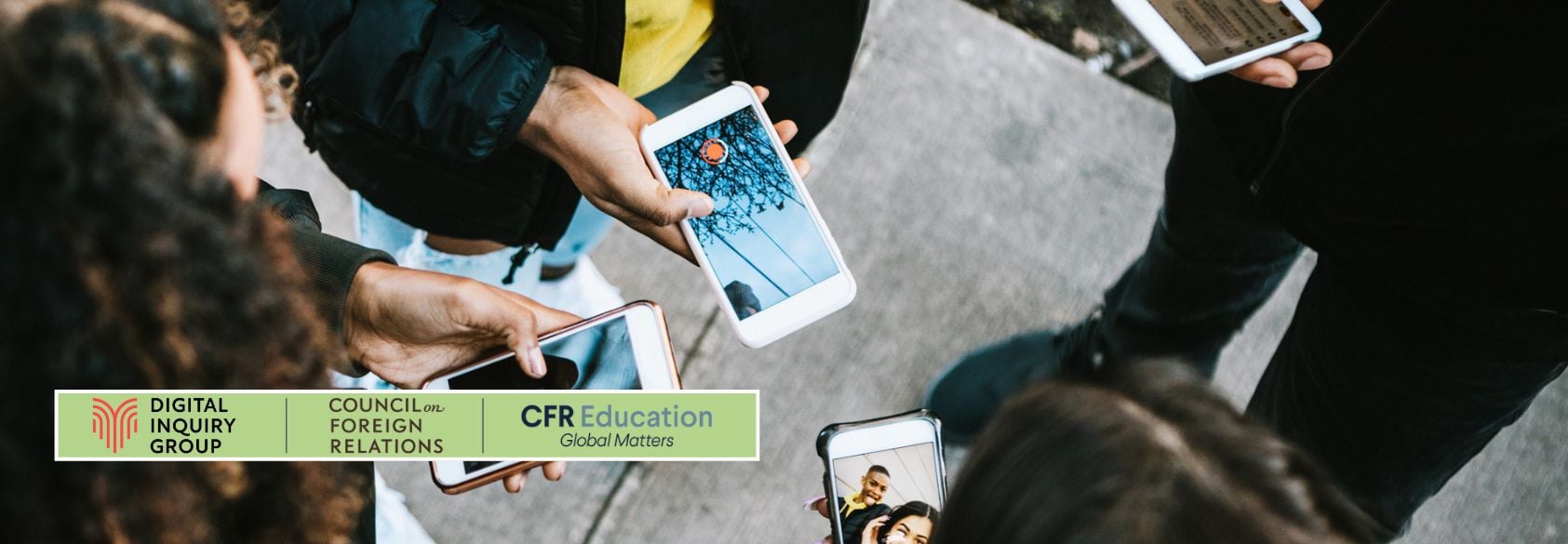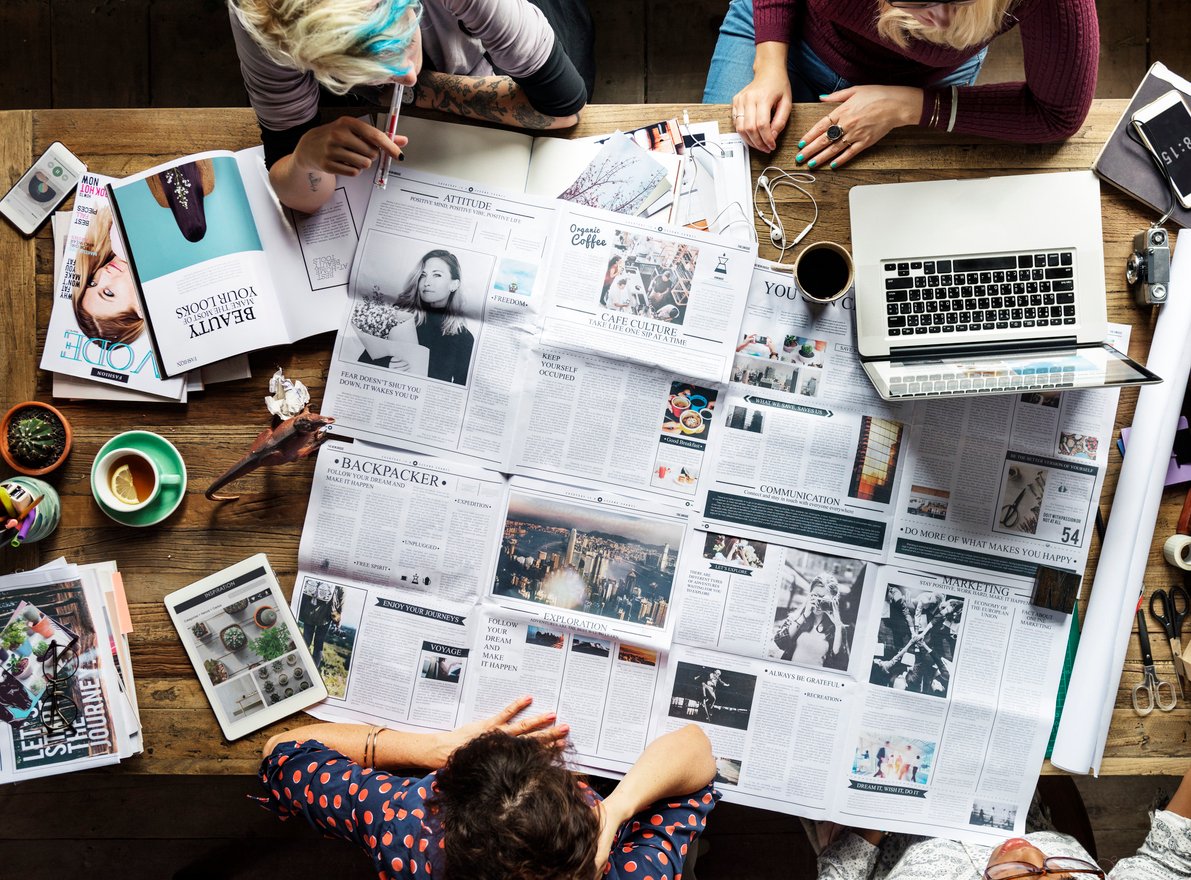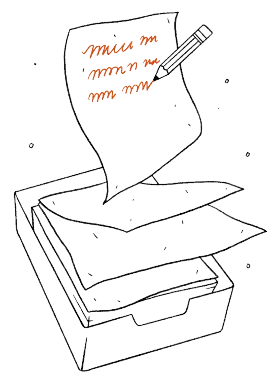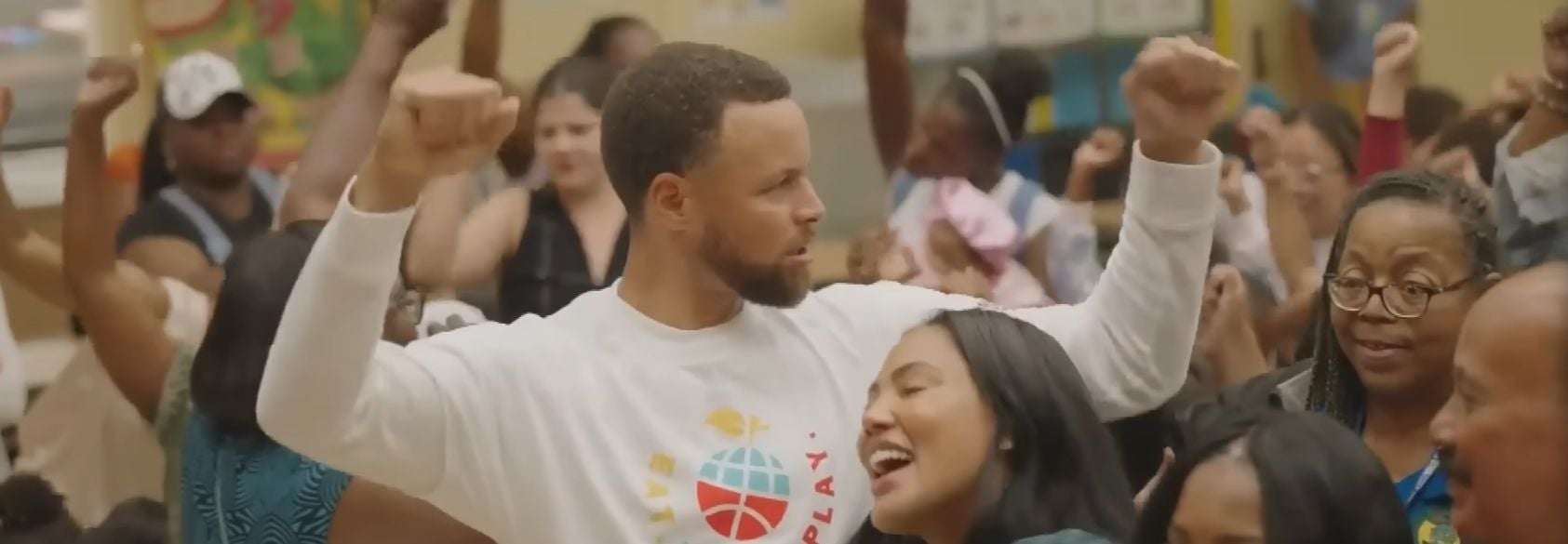Strategies for Teaching Global and Digital Literacy
Joel, your work with the Digital Inquiry Group focuses on helping students think critically about online information. Can you share how your research and resources support educators in tackling misinformation in the classroom
Breakstone: Our research shows that there is a small set of strategies that we can teach students to make them more discerning consumers of information. Our classroom-ready resources provide educators with engaging activities that ask students to evaluate real online sources drawn from the platforms where students spend their time (e.g., TikTok, Instagram, etc.).
Charles, as managing director of teaching and learning at the Council on Foreign Relations, how does your team at CFR Education help educators teach global literacy and navigate misinformation in the classroom?
Hopkins: CFR Education offers students free, multimedia global affairs teaching and learning resources backed by over 100 years of nonpartisan expertise from the Council on Foreign Relations. By helping students build their global literacy before an issue comes up, and by offering teachers quick and easy ways to give students context when an issue arises, teachers can help students to be informed participants in these conversations.
Can you share one simple strategy teachers can use to help students evaluate online information more critically?
Breakstone: Get off the page. By leaving an unfamiliar source, students can use the internet to check the internet. Instead of simply accepting a source at face value, students can seek out information about who’s behind the source, what their motivations might be, and whether they’re a trustworthy source of information. That’s what the most skilled online searchers do.













